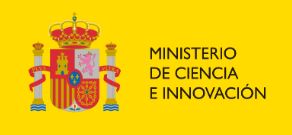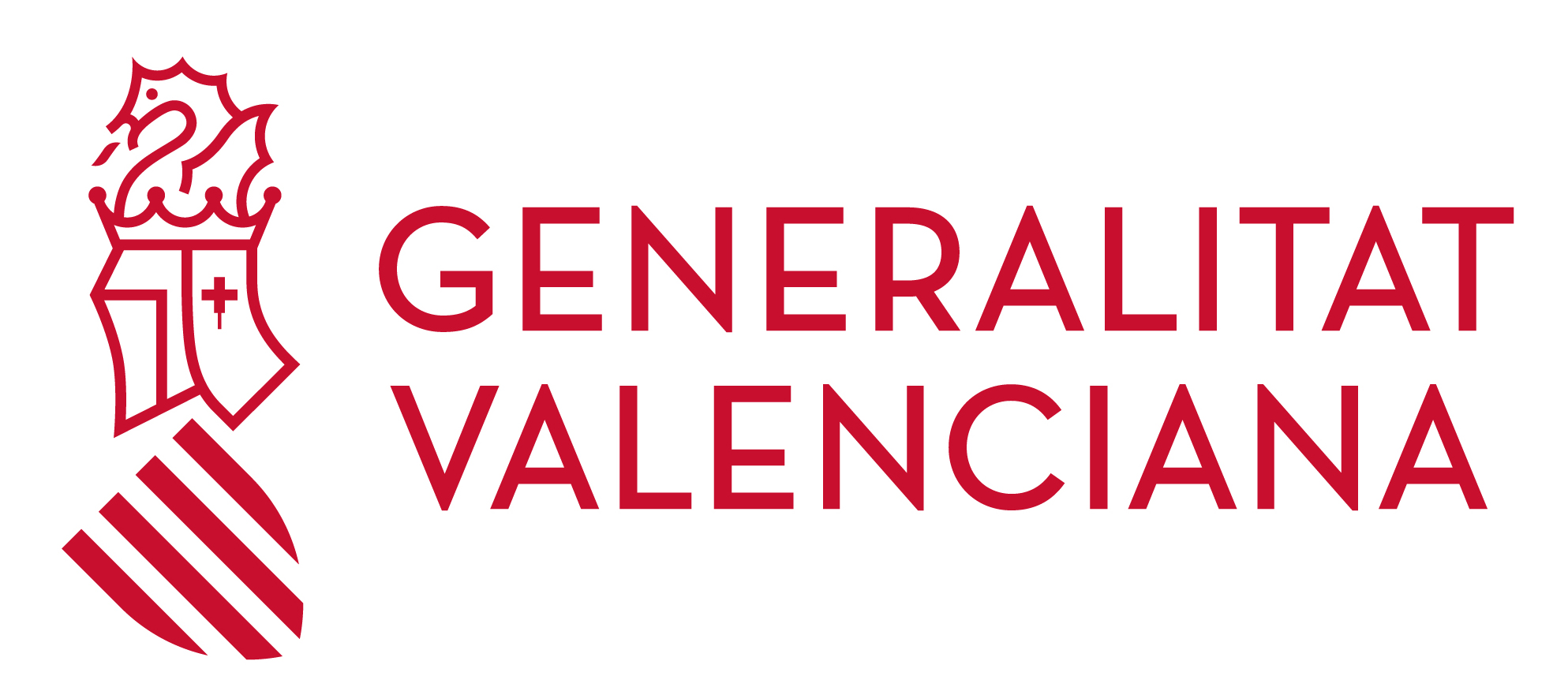|
On
15 May 1991, the Mediterranean Center for Environmental
Studies Foundation was constituted in response to the agreement
dated 12 November 1990 with the Valencian Regional Government (the
Generalitat Valenciana). CEAM was created by the Generalitat
Valenciana and BANCAJA, with the support of the Secretary of State
for Universities and Research and by the European Commission (EDG
XII; European Directorate General XII).
When
CEAM was created, the interests of various administrations
converged:
•
The European
Commission:
the need for further information to help prepare new directives to
be applied throughout Europe by considering the unique aspects of
the Mediterranean basin. The emerging problems identified in the
Mediterranean basin were:
1.-
high tropospheric ozone values and their effects on crops
2.-
the high nitrate atmospheric deposition rate in the region,
including seawater
3.-
systematic failure in weather forecasts in the Mediterranean
basin, particularly in relation to torrential rain and
floodwaters
4.-
the foreseeable impacts of climate change on the water cycle and
drought, particularly loss of summer storms in those areas
surrounding the Western Mediterranean basin.
•
The Spanish State was interested in actively participating
in European research programmes, and in bringing to Spain
scientific installations that were references in their fields of
action.
•
The Valencian Community faced the problem of acid rain in
Els Ports (Castellón, Spain), attributed to the Andorra (Teruel,
Spain) Power Station, the recovery of areas affected by fire, the
effect of pollutants on crops and the need for regionalised
meteorological forecasts of intense rainfall in this region.
With
the European EUPHORE (EUropean PHOto-REactor) Project, CEAM
obtained the most important installations worldwide for the
simulation and study of photochemical reactions in the atmosphere.
After
20 years of activity, the experience and knowledge acquired have
allowed us to reach a prestigious national and international
level in our field of action. CEAM has become an international
reference centre in the Valencian Community and one of the most
acknowledged centres in Spain and elsewhere in Europe in our
activity areas.
The
most outstanding results obtained in our consolidated R&D
activities of strategic importance for the Valencian Community
are provided below in detail:
•
Contribution to solve a conflict in the Els Ports municipal
district (Castellón) caused by pollution from the Andorra Power
Station (Teruel).
•
Participation in the Spanish delegation towards Kyoto and
post-Kyoto Protocol negotiations.
•
Transfer of techniques and criteria to improve forest management
in both fire prevention and forest restoration terms.
•
Support for continuous air quality monitoring (quality control and
carrying out Air Quality Monitoring Networks (AQMN) measures).
•
Specific air quality studies in complex urban and industrial
environments (e.g., the City of Valencia, the Alicante cement
factory or the refinery area of Castellón).
•
Support to comply with regulations (climate zoning of the
Valencian Community (VC), the Previozone Programme, etc.).
•
Collaboration with other organisations of the VC to improve air
quality, especially for water treatment plants (EPSAR: the
wastewater treatment and sanitation entity)
•
Direct counselling to the Spanish Climate Change Agency (Spanish
Ministry of the Environment, and Rural and Maritime Affairs) in
the inventory of greenhouse gases, which enables privileged
information and the capacity of influence on quantifying
greenhouse gases being acquired.
•
Development of specific methodologies to evaluate the risk of
floods and heat waves.
•
By means of the European Commission (EDG of Research and EDG of
the Environment) and the European Parliament, the Millán theses
on European hydrographical basins union and the need for their
combined management were included in the documents that proposed
amending the Water Directive Framework, which could contemplate
more favourable regulations for the VC’s strategic interests.
Performing
this activity has enabled us to have a direct influence on environmental
themes in the European Commission and considerable international
influence (as far as projects and legislation are concerned):
•
With CEAM’s pre-regulation research and its participation in EC
counselling committees, considerable contribution has been made to
European regulations on the ozone as it is specifically mentioned
in the Directive (D.O.C.E. L 87/50 of 25.3.2004, notified under
number C(2004) 764).
•
The Spanish parliament has acknowledged CEAM as a reference centre
for the optimisation of air quality networks (Official State
Gazette of the General Congress Parliament, 20/03/1998 – Issue
no. 257).
•
Participation in 60 European projects
•
Participation in EC Committees, which has allowed the problems and
opportunities identified as being relevant in the VC to be
reflected in Europe regulations or in research framework
programmes.
•
An international reference in techniques to restore burnt and
desertified mountain areas (we have been invited to present our
restoration strategy in all the countries of the Mediterranean
basin, Kuwait, China, the USA, Brazil, Chile and Colombia).
Since
its creation in July 1991, and until he retired in February 2012,
the Director of CEAM was Dr. Millán Millán Muñoz, who
contributed with his former experience in internal EC counselling
groups (since 1974). He participated in establishing the scientific
priorities of the EC’s 3rd, 4th, 5th and 6th EC Research Framework
Programmes by incorporating priority issues for the Mediterranean
region. Nowadays, he continues to collaborate with our
institution as its Director Emeritus, and his current activity
focuses on the justification of certain matters that will affect the
future water directive for Europe, specifically climate change and
drought.
|
![]()




